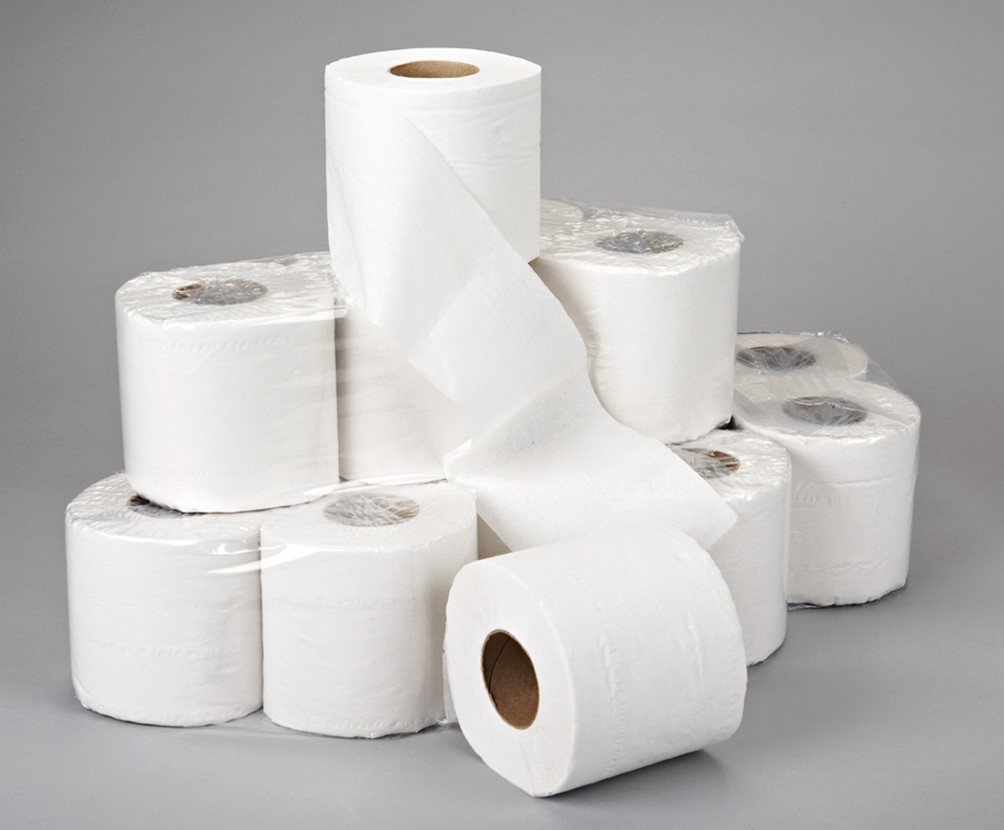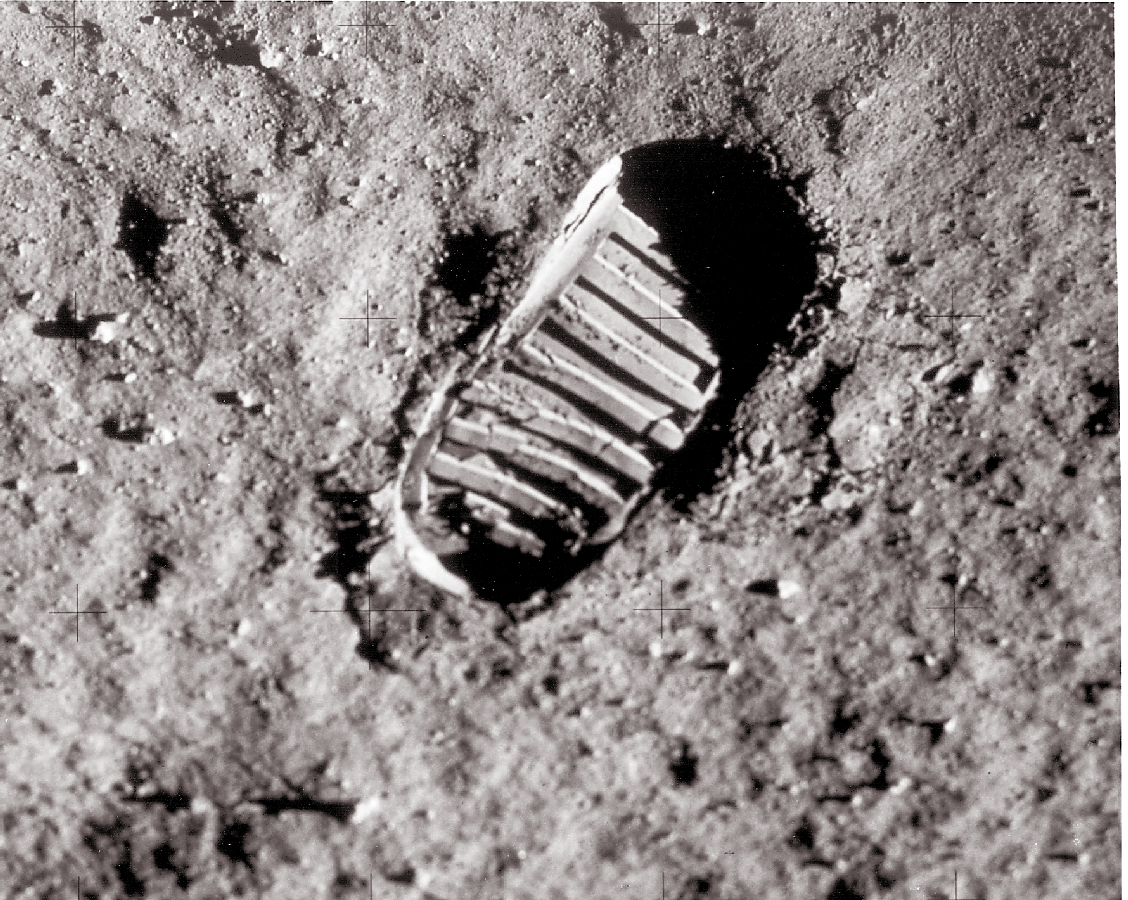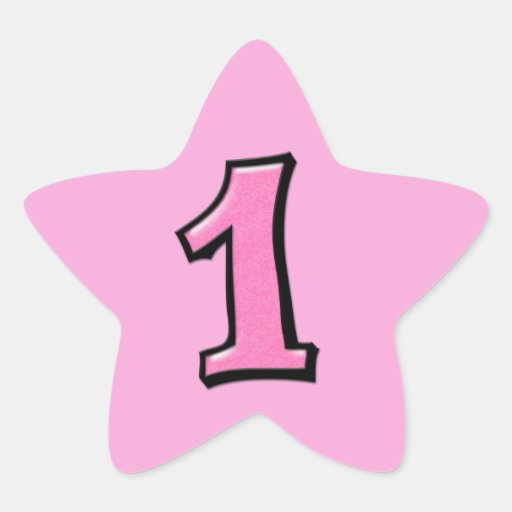Psalm 148:3
3 Praise Him, sun and moon, praise Him, all you stars of light!
CIRCLE TIME
A Solar System is a part of space which has one or many suns and planets circling the sun(s). Our Solar System has 1 sun and 8 planets. There are other bodies in the Solar System as well, such as Moons, Asteroids and Comets. See a great animation of the planets circling the Sun HERE. There are lots of other cool things to check out on that website as well, so enjoy that! It will help you get into even more detail about our Solar System if you want to. The Saturn information is pretty cool! I am going to keep it pretty simple for our lessons.
AtoZTeachersStuff.com has a printable book about the planets. Print HERE and discuss with the kids. Each print produces 2 books, it is very handy! They can also color the book, so you can talk about what color the different planets are!

SCIENCE
How Far Away ARE Those Other Planets?
It is pretty tough for preschool aged kids to understand just how far away the next state is, let alone how far it is to Jupiter! This demonstration will help them put the far distances between planets into a little perspective for them.
You will need:
A few rolls of toilet paper
Small mock ups of the planets (stryro balls work great!)
Quite a bit of room to spread out
The idea is to use the toilet paper squares as units of measurment. Each square will represent about 20 KM. It is best to pre-count the lengths you will need for each planet so you are ready for your class demonstration.
Pick a spot in your room to represent the Sun. (You may need to do this outside!) Make sure it is at a far end so you have plenty of room to make it all the way to Neptune! You will need:
3 squares for Mercury
5 squares for Venus
8 squares for Earth
12 squares for Mars
39 squares for Jupiter
72 squares for Saturn
(here is where it gets crazy!)
144 squares for Uranus
225 squares for Neptune
Roll each out from your "Sun" and place the correct planet at the end. Talk about how far each planet is away. It will really help them understand just how BIG the Solar System is! Have them walk from the Sun all the way to Neptune. Whew!
ART/CRAFT
Craft - Easy Solar System
For this you need:
Black Construction Paper
White or silver crayons
Planet stickers or planets cut out from magazine or internet
Glue (if using cutouts)
Give each child a piece of the black paper. They should attach the planets around the Solar System and then fill in stars with the crayons.
Art - Sand Art/Moon Surface
The Moon that circles the Earth is covered in a thin, powdery "sand". We are going to make a picture of the moon using some Moon sand! (The Fine Motor activity is going to use this sand again)
Moon Sand Recipe:
6 cups play sand
3 cups cornstarch
1½ cups cold water
1. Mix the water and cornstarch together thoroughly. It will take a little work and patience to get it smooth.
2. Mix in the sand gradually, really working it together with your fingers.
Print the Moon coloring page HERE. Supply the kids with a copy of the moon, some glue, and some sand. Allow them to put glue on the picture and then sprinkle the sand on top.
MATH
Star Matching
There are LOTS of stars in the night sky. These stars are suns and planets far away in space. For this activity you will need to cut out 20 stars or purchase the stars pre-cut. Draw one dot on one star and write the number 1 on one star. Continue this through all the stars so that you have 10 stars with dots and 10 stars with written numbers. Place all the stars with the dots mixed up in a box or bowl and do the same with the written numbered stars.
The children should choose 1 star out of the dots bowl and count the dots. They should then search through the written numbered bowl to find the star that matches.
You can also ask them to put them in number order on the table as they find them.
Smallest to Largest
Print out the planets. Cut them out and guide the children as they put them in order from smallest to largest.
Discuss how much bigger Jupiter is compared to the smaller planets, like Earth!
Planets Template
FINE MOTOR
Moon Sand Play
Use the leftover (or make more) of the Moon Sand from the craft above. Place a tarp or old shower curtain down and set out a few items, like small stones and a few cups, for them to manipulate it with.
BOOKS
A very sweet book! Check this one out.
Great for thinking about a trip to the moon and also a great Early Reader!
MUSIC
Stars in the Sky
For this, you will need some foam or cardboard stars that are shiny on one side for the kids to use!
Sung to the tune of "Itsy, Bitsy, Spider"
Up in the big, night sky.
Look at them all twinkling
and blinking way up high!
When the morning comes, (Slowly start turning the star around)
the night turns into day
And the little twinkling stars. (Show plain side of star only.)
All seem to go away!







No comments:
Post a Comment